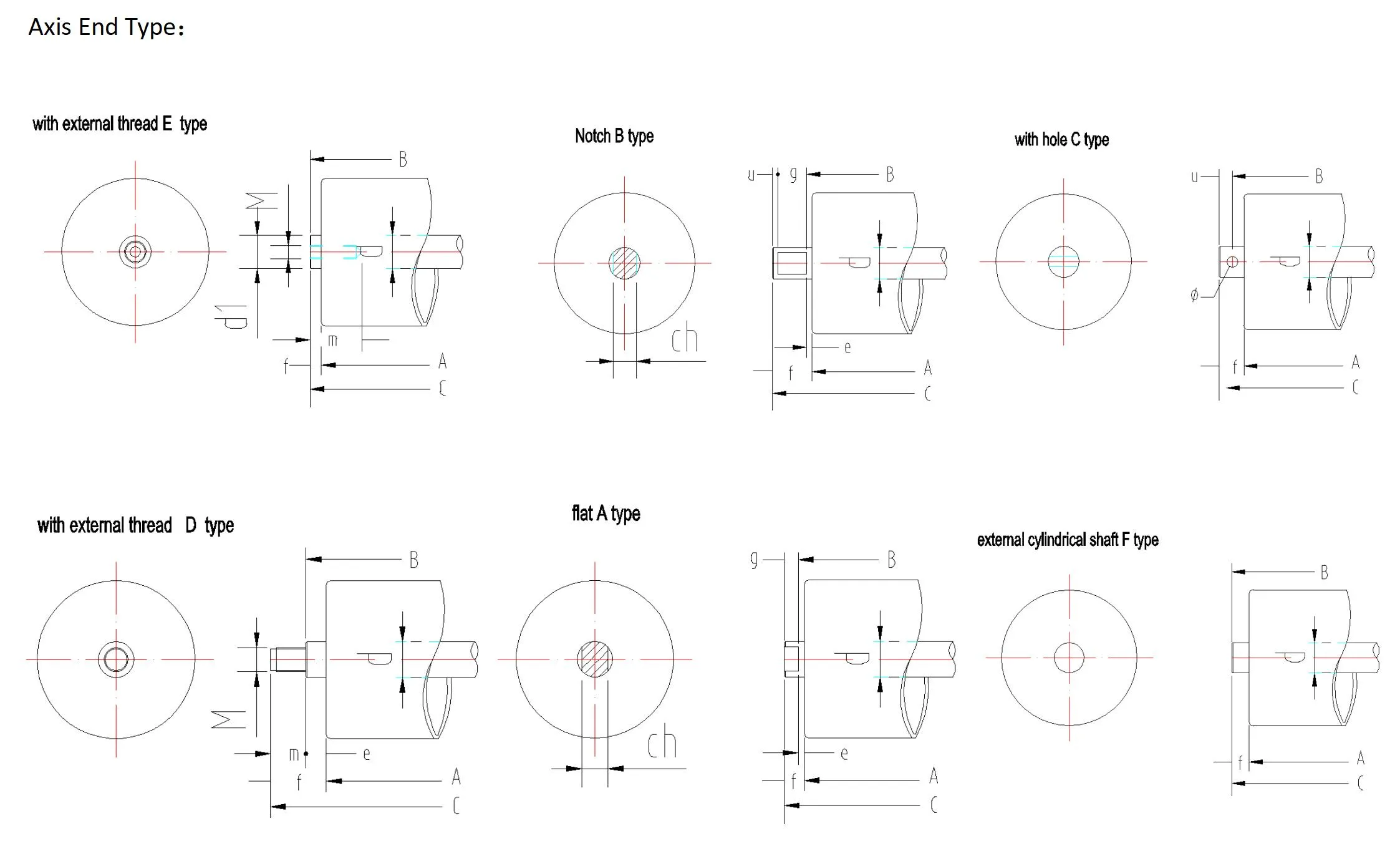 Afrikaans
Afrikaans  Albanian
Albanian  Amharic
Amharic  Arabic
Arabic  Armenian
Armenian  Azerbaijani
Azerbaijani  Basque
Basque  Belarusian
Belarusian  Bengali
Bengali  Bosnian
Bosnian  Bulgarian
Bulgarian  Catalan
Catalan  Cebuano
Cebuano  Corsican
Corsican  Croatian
Croatian  Czech
Czech  Danish
Danish  Dutch
Dutch  English
English  Esperanto
Esperanto  Estonian
Estonian  Finnish
Finnish  French
French  Frisian
Frisian  Galician
Galician  Georgian
Georgian  German
German  Greek
Greek  Gujarati
Gujarati  Haitian Creole
Haitian Creole  hausa
hausa  hawaiian
hawaiian  Hebrew
Hebrew  Hindi
Hindi  Miao
Miao  Hungarian
Hungarian  Icelandic
Icelandic  igbo
igbo  Indonesian
Indonesian  irish
irish  Italian
Italian  Japanese
Japanese  Javanese
Javanese  Kannada
Kannada  kazakh
kazakh  Khmer
Khmer  Rwandese
Rwandese  Korean
Korean  Kurdish
Kurdish  Kyrgyz
Kyrgyz  Lao
Lao  Latin
Latin  Latvian
Latvian  Lithuanian
Lithuanian  Luxembourgish
Luxembourgish  Macedonian
Macedonian  Malgashi
Malgashi  Malay
Malay  Malayalam
Malayalam  Maltese
Maltese  Maori
Maori  Marathi
Marathi  Mongolian
Mongolian  Myanmar
Myanmar  Nepali
Nepali  Norwegian
Norwegian  Norwegian
Norwegian  Occitan
Occitan  Pashto
Pashto  Persian
Persian  Polish
Polish  Portuguese
Portuguese  Punjabi
Punjabi  Romanian
Romanian  Russian
Russian  Samoan
Samoan  Scottish Gaelic
Scottish Gaelic  Serbian
Serbian  Sesotho
Sesotho  Shona
Shona  Sindhi
Sindhi  Sinhala
Sinhala  Slovak
Slovak  Slovenian
Slovenian  Somali
Somali  Spanish
Spanish  Sundanese
Sundanese  Swahili
Swahili  Swedish
Swedish  Tagalog
Tagalog  Tajik
Tajik  Tamil
Tamil  Tatar
Tatar  Telugu
Telugu  Thai
Thai  Turkish
Turkish  Turkmen
Turkmen  Ukrainian
Ukrainian  Urdu
Urdu  Uighur
Uighur  Uzbek
Uzbek  Vietnamese
Vietnamese  Welsh
Welsh  Bantu
Bantu  Yiddish
Yiddish  Yoruba
Yoruba  Zulu
Zulu conveyor roller bearing housing
Understanding Conveyor Roller Bearing Housing A Comprehensive Overview
Conveyor systems are integral to numerous industries, serving as the backbone for transporting materials efficiently. Among the critical components of these systems is the conveyor roller bearing housing, which plays a pivotal role in the operation of conveyor belts. This article delves into the importance, design, and maintenance of conveyor roller bearing housing, providing insights that underscore its significance in material handling processes.
The Role of Conveyor Roller Bearing Housing
A conveyor roller bearing housing is designed to support the conveyor rollers that facilitate the movement of materials across a system. This housing provides structural integrity, ensuring that rollers can rotate smoothly under heavy loads. Essentially, it acts as a protective casing for the bearings and the roller shaft, preventing dust, dirt, and debris from entering and causing premature wear.
Efficient operation of a conveyor system relies heavily on the proper functioning of its roller bearing housing. If the housing is compromised, it can lead to decreased performance, increased maintenance costs, and ultimately, system failure. This makes it crucial for companies to prioritize the quality and maintenance of their conveyor roller bearing housings.
Key Design Features
Conveyor roller bearing housings come in various designs, depending on the application and specific requirements of the conveyor system. Here are some key features that are often considered in their design
1. Material Selection The material used in the construction of the bearing housing must be durable enough to withstand the physical stresses of its environment. Common materials include steel, aluminum, and high-strength plastics, each offering unique benefits like corrosion resistance and weight reduction.
2. Seals and Shields To prevent contaminants from entering the housing, effective sealing systems are incorporated. Seals may be rubber or synthetic compounds designed to keep out moisture and debris, thereby prolonging the lifespan of the bearings.
3. Mounting Options The housing should offer versatile mounting options to fit various conveyor designs. These can include bolt-on, clamp-style, or slide-in configurations, allowing for easy installation and replacement.
4. Bearings Compatibility The housing must accommodate different types of bearings, such as roller, ball, or plain bearings, depending on the load requirements and design specifications of the conveyor system.
conveyor roller bearing housing

5. Cooling Features In applications where high speeds and loads generate significant heat, some bearing housings are designed with built-in cooling mechanisms to dissipate heat, ensuring optimal performance.
Maintenance Practices
To ensure longevity and efficient performance of conveyor roller bearing housings, regular maintenance is essential. Here are some practices to adhere to
1. Regular Inspections Perform routine checks to identify any signs of wear or damage. This includes inspecting seals for tears or openings, checking for misalignment, and ensuring all bolts and fittings are secure.
2. Lubrication Bearings within the housing require appropriate lubrication to minimize friction and wear. Follow manufacturer recommendations for lubrication intervals and types to maintain optimal performance.
3. Cleaning Keep the housing clean by removing any accumulated dirt and dust. A clean environment helps prevent contaminants from entering the bearings.
4. Temperature Monitoring Monitor the operational temperature of the bearings to identify any overheating issues. Elevated temperatures can signal lubrication failure or excessive load conditions that need addressing.
5. Replacement of Worn Parts If any component of the housing or bearing shows significant wear, it should be replaced promptly to avoid further damage and operational disruptions.
Conclusion
In conclusion, the conveyor roller bearing housing is a critical element in the effective operation of conveyor systems. With its role in supporting the roller and protecting the bearings from contaminants, understanding its design features, and adhering to proper maintenance practices can significantly enhance the reliability and efficiency of material handling processes. As industries evolve and demand for automation increases, investing in high-quality conveyor roller bearing housings and ensuring their maintenance will remain a priority for businesses seeking to optimize their operations and reduce downtime.
-
Revolutionizing Conveyor Reliability with Advanced Rubber Lagging PulleysNewsJul.22,2025
-
Powering Precision and Durability with Expert Manufacturers of Conveyor ComponentsNewsJul.22,2025
-
Optimizing Conveyor Systems with Advanced Conveyor AccessoriesNewsJul.22,2025
-
Maximize Conveyor Efficiency with Quality Conveyor Idler PulleysNewsJul.22,2025
-
Future-Proof Your Conveyor System with High-Performance Polyurethane RollerNewsJul.22,2025
-
Driving Efficiency Forward with Quality Idlers and RollersNewsJul.22,2025





























